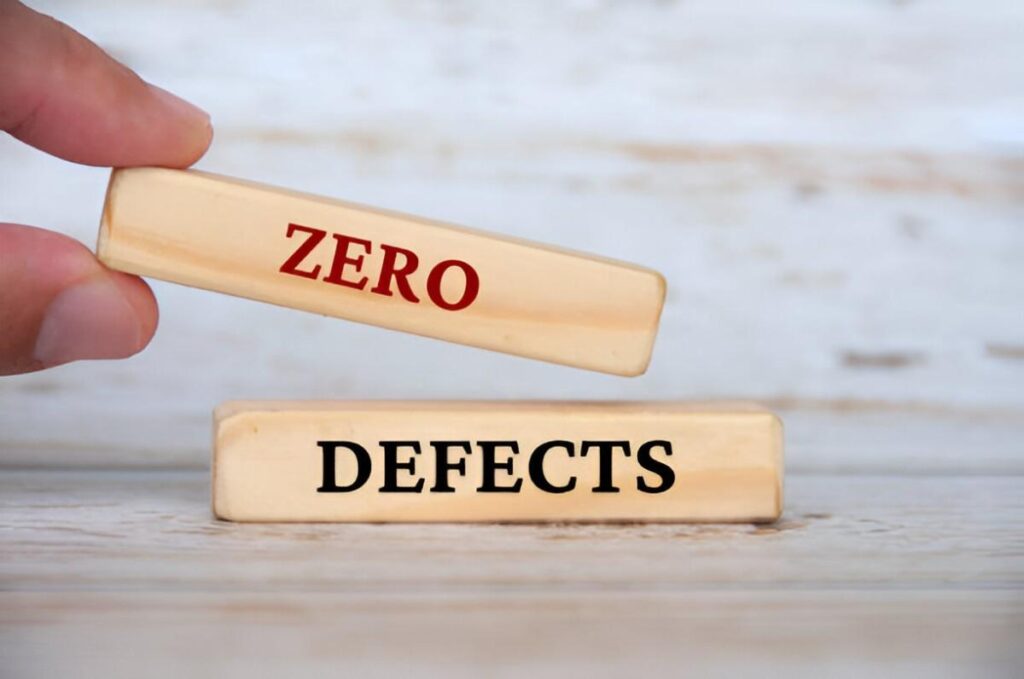In the ever-evolving landscape of business, the ability to adapt and optimize customer relationship management (CRM) systems is crucial. Among the many tools available, Salesforce stands out as a leader, offering robust features that empower businesses to streamline operations, enhance customer engagement, and drive revenue growth. One of the most underappreciated yet powerful aspects of Salesforce is its promotional capabilities. In this article, I will explore how Salesforce promotions can elevate business success, providing actionable insights, real-world examples, and mathematical frameworks to help you understand and leverage this feature effectively.
Table of Contents
Understanding Salesforce Promotions
Salesforce promotions are not just about discounts or flashy marketing campaigns. They are strategic tools designed to incentivize customer behavior, improve retention, and boost sales. Promotions in Salesforce can take many forms, including discounts, loyalty programs, bundled offers, and targeted campaigns. The key lies in how these promotions are structured, implemented, and analyzed.
From my experience, the most successful promotions are those that align with broader business goals. For instance, if the objective is to increase customer lifetime value (CLV), a loyalty program might be more effective than a one-time discount. On the other hand, if the goal is to clear inventory, a time-bound discount could yield better results.
The Mathematics Behind Effective Promotions
To truly understand the power of Salesforce promotions, we need to delve into the mathematics that underpins them. Let’s start with a basic formula for calculating the impact of a promotion on revenue:
R = (P - C) \times QWhere:
- R is the revenue generated from the promotion.
- P is the price per unit after the promotion.
- C is the cost per unit.
- Q is the quantity sold during the promotion.
This formula helps us understand the direct financial impact of a promotion. However, it doesn’t account for long-term effects such as customer retention or brand loyalty. To incorporate these factors, we can use the concept of Customer Lifetime Value (CLV).
CLV = \sum_{t=1}^{n} \frac{R_t \times m_t}{(1 + d)^t}Where:
- R_t is the revenue from the customer in year t.
- m_t is the profit margin in year t.
- d is the discount rate.
- n is the number of years the customer is expected to remain loyal.
By integrating promotions into the CLV framework, we can assess their long-term impact. For example, a promotion that attracts high-value customers who remain loyal for years will have a significantly higher CLV compared to a promotion that drives one-time purchases.
Real-World Example: Calculating Promotion ROI
Let’s consider a hypothetical example to illustrate these concepts. Suppose a retail company launches a 20% discount promotion on a product that normally sells for $100. The cost per unit is $60, and the promotion runs for one month. During this period, the company sells 1,000 units.
Using the revenue formula:
R = (80 - 60) \times 1000 = 20,000The company generates $20,000 in revenue from the promotion. However, this is just the immediate impact. To assess the long-term value, we need to consider CLV.
Assume that 20% of the customers who purchased during the promotion become loyal, with an average CLV of $500. The total CLV from these customers would be:
CLV = 200 \times 500 = 100,000Combining the immediate revenue and long-term CLV, the total value generated by the promotion is $120,000. This example demonstrates how promotions can create both short-term and long-term value.
Types of Salesforce Promotions
Salesforce offers a variety of promotional tools, each suited to different business objectives. Below, I’ll outline the most common types and their applications.
1. Discount Promotions
Discounts are the most straightforward type of promotion. They can be percentage-based (e.g., 20% off) or fixed-amount (e.g., $10 off). Discounts are effective for driving immediate sales but must be used strategically to avoid eroding profit margins.
2. Loyalty Programs
Loyalty programs reward customers for repeat purchases. Salesforce allows businesses to create customized loyalty programs, tracking customer behavior and offering rewards that incentivize continued engagement.
3. Bundled Offers
Bundling involves offering multiple products or services together at a discounted rate. This strategy can increase the average order value and introduce customers to new products.
4. Targeted Campaigns
Salesforce’s advanced analytics enable businesses to create highly targeted promotions. By segmenting customers based on behavior, demographics, or purchase history, businesses can deliver personalized offers that resonate with specific audiences.
Case Study: Salesforce Promotions in Action
To further illustrate the power of Salesforce promotions, let’s examine a real-world case study. A mid-sized e-commerce company used Salesforce to implement a targeted promotion strategy. By analyzing customer data, they identified a segment of high-value customers who had not made a purchase in the last six months.
The company created a personalized email campaign offering a 15% discount on their next purchase. The results were impressive:
- Open rate: 35%
- Click-through rate: 20%
- Conversion rate: 10%
- Average order value: $150
Using the revenue formula:
R = (150 - 90) \times 100 = 6,000The promotion generated $6,000 in immediate revenue. Additionally, 30% of the customers who made a purchase during the promotion became repeat buyers, contributing to a significant increase in CLV.
Best Practices for Salesforce Promotions
Based on my experience, here are some best practices for maximizing the effectiveness of Salesforce promotions:
1. Align Promotions with Business Goals
Every promotion should have a clear objective, whether it’s increasing sales, clearing inventory, or improving customer retention.
2. Leverage Data Analytics
Salesforce’s robust analytics tools provide valuable insights into customer behavior. Use this data to create targeted and personalized promotions.
3. Test and Optimize
Run A/B tests to determine the most effective promotion strategies. Continuously analyze results and make adjustments as needed.
4. Monitor ROI
Track the financial impact of promotions using metrics like revenue, profit margin, and CLV. This will help you assess their effectiveness and make data-driven decisions.
Common Pitfalls to Avoid
While Salesforce promotions offer immense potential, there are common pitfalls that can undermine their effectiveness. These include:
1. Over-Reliance on Discounts
Frequent discounts can erode profit margins and devalue your brand. Use them sparingly and focus on creating value through other types of promotions.
2. Lack of Personalization
Generic promotions are less effective than personalized ones. Use Salesforce’s segmentation tools to tailor offers to specific customer groups.
3. Ignoring Long-Term Impact
Focusing solely on short-term gains can lead to missed opportunities. Always consider the long-term impact of promotions on customer loyalty and CLV.
Conclusion
Salesforce promotions are a powerful tool for driving business success. By understanding the underlying mathematics, leveraging data analytics, and following best practices, businesses can create promotions that deliver both immediate and long-term value. Whether you’re looking to boost sales, improve customer retention, or increase brand loyalty, Salesforce offers the tools and flexibility to achieve your goals.





